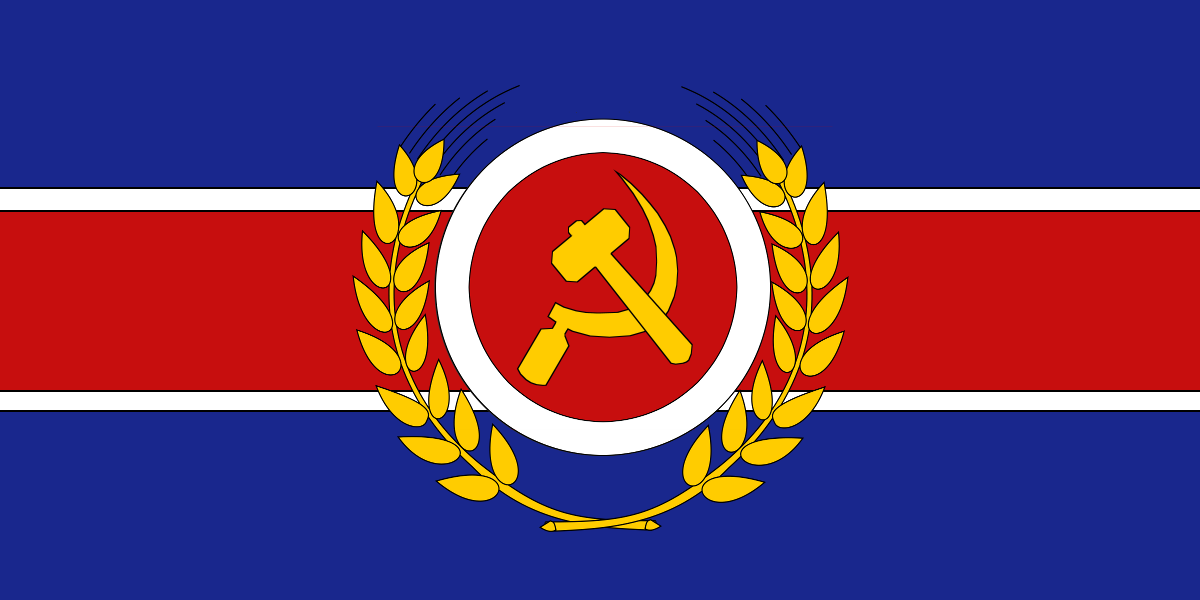Name: Eastern European Coalition
Flag/Symbol:


How you survived: Grit, tenacity, ambition. Operation Iron Shield and tons of Cold-Era military equipment.
Technology: Nuclear-powered super-tanks, nuclear det-packs.
Military might:
History:
Character:
Flag/Symbol:


How you survived: Grit, tenacity, ambition. Operation Iron Shield and tons of Cold-Era military equipment.
Technology: Nuclear-powered super-tanks, nuclear det-packs.
Military might:
- Armed Force: 5,000,000 soldiers.
- Mechanized Force: 200 tanks, 2000 artillery units, 10 rocket batteries.
- Naval: 1 carrier - 10 aircraft (MiGs).
History:
The birth of the Eastern European Coalition started with the Collapse of the Soviet Federation in 1999. Namely, while the Soviet Union had been reformed in 1991 into a more de-centralized union under Premier Gorbachev. While this increased the life-cycle of the collapsing Soviet state - it only increased it by eight years. Before the New Year, the Union had sadly collapsed and replaced by numerous independent states.
While freedom had been achieved, many ex-Soviet States remained bitter of the fact of Western Betrayal. As during the times, when the USSR had relaxed freedoms and more information had been flowing - the average citizen, knew the basic of how badly the Soviet State was propped up. But in addition, the mostly lip-service provided by the West. While the West couldn't risk confrontation with the Soviet powers at that time - it was enough to make several free-states decide to not integrate with the European Union of that time. Nor keep old relationships with the new formed state of Russia.
Instead, following the lead of the newly established Polish-state - many countries joined the Alliance of Ex-Soviet Republics or AESR. AESR was formed under the principle of the Pre-WW2 Polish plan of Intermarium. Namely they would remain between the West and East - going their own way and aiding eachother against the hegemony of either side. The core countries were - Poland, Slovakia, Hungary, Romania, Bulgaria, Moldova, Latvia, Lithuania and Estonia.
Initially started as a military union - similar in principle to NATO, it in later years developed into also an economic union. While plans were talked about joining NATO and the EU - when the economic crisis hit in 2006, most of such talks were forgotten and discarded. For eleven years AESR remained a regional power in the ex-Soviet Bloc - becoming the middle ground between Western and Russian influence. Being friendly to both, yet loyal to no side.
The Invasion changed everything - AESR had remained mostly a post-Cold War entity, meaning that a good portion of its members had de-militarized although not in the equal ways of Western Europe. As such, they were bled a good portion, when the Invaders came through the portals - yet what troubled them was the horde coming over Siberia and attacking the Russians beyond the Ural mountains. As such, as the initial invasion grinded on more and more refugees from Russia were at the borders of AESR. There brewed a threat, of having to use force to keep back the chaotic tide - although, that would have likely constituted a response from the Russian Armed Forces.
It'd have led to two things AESR feared - a Russian counter-attack and weakening of the Ural Defense Line. Since numerous analysts from the AESR' states warned - that if the Ural Line fell, there wouldn't be any Defensive Line strong enough to hold back the Invader Horde.
Operation Iron Shield
As the world burned, the nine countries of AESR came together in Poland to discuss the brewing situation. Together they came up with the boldest plan, not since seen in the earliest eras of the Second World War. Which was called Operation Iron Shield - which would involve three phases.
First one of them, was meeting up with the delegates from Russia, Ukraine and Belarus. The three countries were on the edging on the brink of collapse - due to the amount of casualties and refugees having flooded their countries and died do help their ally. In essence, what they spoke was almost unheard of - if the situation wasn't getting so desperate, that the ASER states feared for their own likely future.
Namely Iron Shield in essence meant the total evacuation of the Russian state to the countries of Belarus, Ukraine and ASER:
Phase One in essence meant evacuating and distribution of the people around the former Soviet States - this would cause numerous conflicts, but it was deduced that it was better for the countries themselves to handle the people, then have them come by themselves. This caused numerous deaths and conflicts - both on the way and in the countries themselves. Crackdowns were initiated but the situation had gotten so bad - it was a necessary step. Phase One was assisted by the fact, that the majority of the Russian Armed Forces were stationed in the Ural Defensive Line to hold back the tide. This helped alleviate fears of a possible Russian invasion - in addition, to having the Russian settlers learn the language of their new home-country or as delegated by the government.
Phase Two meant the distribution of the ex-USSR era arms stockpile that was contained within the Russian border - while a very politically suicidal move, it was in essence needed to arm the majority of the AESR countries that lacked the military industry of Russia. Most of these supply convoys came alongside Phase One - with millions of soldiers being trained within eight months of receiving the equipment.
Phase Three was both the hardest and most important phase of Operation Iron Shield - it meant moving the surviving Russian industry over the border into Ukraine, Belarus and Poland. This was complicated by the fact - as the Ural Defensive Line was overrun and collapsed. However, it was during this time that the new Coalition Army had been armed and trained and made a mad dash for Moscow.
What was known as the Battle for Moscow - millions of men and women, from different cultures and backgrounds stood shoulder to shoulder and held back the Invader Tide. It was a bloodbath - as soldiers died daily by the thousands. It gave time for the newly established Eastern European Coalition to save as much industry as possible for the future war ahead. Despite being armed with Cold War Era equipment, some even from the ages of the Second World War - the Army of Hope held tightly onto in the outskirts of Moscow. In the end, thirty millions soldiers, alongside seventy million civilians were dead - but the Moscow Defense Line held and the horde was stopped just a mile from Red Square.
While freedom had been achieved, many ex-Soviet States remained bitter of the fact of Western Betrayal. As during the times, when the USSR had relaxed freedoms and more information had been flowing - the average citizen, knew the basic of how badly the Soviet State was propped up. But in addition, the mostly lip-service provided by the West. While the West couldn't risk confrontation with the Soviet powers at that time - it was enough to make several free-states decide to not integrate with the European Union of that time. Nor keep old relationships with the new formed state of Russia.
Instead, following the lead of the newly established Polish-state - many countries joined the Alliance of Ex-Soviet Republics or AESR. AESR was formed under the principle of the Pre-WW2 Polish plan of Intermarium. Namely they would remain between the West and East - going their own way and aiding eachother against the hegemony of either side. The core countries were - Poland, Slovakia, Hungary, Romania, Bulgaria, Moldova, Latvia, Lithuania and Estonia.
Initially started as a military union - similar in principle to NATO, it in later years developed into also an economic union. While plans were talked about joining NATO and the EU - when the economic crisis hit in 2006, most of such talks were forgotten and discarded. For eleven years AESR remained a regional power in the ex-Soviet Bloc - becoming the middle ground between Western and Russian influence. Being friendly to both, yet loyal to no side.
The Invasion changed everything - AESR had remained mostly a post-Cold War entity, meaning that a good portion of its members had de-militarized although not in the equal ways of Western Europe. As such, they were bled a good portion, when the Invaders came through the portals - yet what troubled them was the horde coming over Siberia and attacking the Russians beyond the Ural mountains. As such, as the initial invasion grinded on more and more refugees from Russia were at the borders of AESR. There brewed a threat, of having to use force to keep back the chaotic tide - although, that would have likely constituted a response from the Russian Armed Forces.
It'd have led to two things AESR feared - a Russian counter-attack and weakening of the Ural Defense Line. Since numerous analysts from the AESR' states warned - that if the Ural Line fell, there wouldn't be any Defensive Line strong enough to hold back the Invader Horde.
Operation Iron Shield
As the world burned, the nine countries of AESR came together in Poland to discuss the brewing situation. Together they came up with the boldest plan, not since seen in the earliest eras of the Second World War. Which was called Operation Iron Shield - which would involve three phases.
First one of them, was meeting up with the delegates from Russia, Ukraine and Belarus. The three countries were on the edging on the brink of collapse - due to the amount of casualties and refugees having flooded their countries and died do help their ally. In essence, what they spoke was almost unheard of - if the situation wasn't getting so desperate, that the ASER states feared for their own likely future.
Namely Iron Shield in essence meant the total evacuation of the Russian state to the countries of Belarus, Ukraine and ASER:
Phase One in essence meant evacuating and distribution of the people around the former Soviet States - this would cause numerous conflicts, but it was deduced that it was better for the countries themselves to handle the people, then have them come by themselves. This caused numerous deaths and conflicts - both on the way and in the countries themselves. Crackdowns were initiated but the situation had gotten so bad - it was a necessary step. Phase One was assisted by the fact, that the majority of the Russian Armed Forces were stationed in the Ural Defensive Line to hold back the tide. This helped alleviate fears of a possible Russian invasion - in addition, to having the Russian settlers learn the language of their new home-country or as delegated by the government.
Phase Two meant the distribution of the ex-USSR era arms stockpile that was contained within the Russian border - while a very politically suicidal move, it was in essence needed to arm the majority of the AESR countries that lacked the military industry of Russia. Most of these supply convoys came alongside Phase One - with millions of soldiers being trained within eight months of receiving the equipment.
Phase Three was both the hardest and most important phase of Operation Iron Shield - it meant moving the surviving Russian industry over the border into Ukraine, Belarus and Poland. This was complicated by the fact - as the Ural Defensive Line was overrun and collapsed. However, it was during this time that the new Coalition Army had been armed and trained and made a mad dash for Moscow.
What was known as the Battle for Moscow - millions of men and women, from different cultures and backgrounds stood shoulder to shoulder and held back the Invader Tide. It was a bloodbath - as soldiers died daily by the thousands. It gave time for the newly established Eastern European Coalition to save as much industry as possible for the future war ahead. Despite being armed with Cold War Era equipment, some even from the ages of the Second World War - the Army of Hope held tightly onto in the outskirts of Moscow. In the end, thirty millions soldiers, alongside seventy million civilians were dead - but the Moscow Defense Line held and the horde was stopped just a mile from Red Square.
Character:
Name: Vladimir Yurovitch Hackett
Rank/Title: (Admiral of the Russian Navy), Chairman of the Council of Twelve.
Appearance:
Weapon: Makarov Pistol
Armor: Russian Admiral' uniform (metal plates inserted and woven into the fibre)
Capabilities: One of the least corrupt and decent military officers out of the Russian Academy, Vladimir Hackett was a rising star in the Russian Navy. Reaching the rank of Admiral faster than any man before him - while balancing out his status with political connections. He was on track to becoming the new Ministry of Defense - before the Invasion happened. He is heavily in command, leadership and logistics - he has a keen mind in both tactics and strategy.
Background: Admiral V.Y. Hackett was overseeing the retrofitting and modernization in St. Petersburg - when the Invaders came. Due a combination of weak central leadership and a history of not having to fight an enemy engaged in total war - most of his orders came back as 'prepare for combat'.
He couldn't do much, but have the aircraft carrier fueled and made as sea-worthy as possible - outfitting and getting as much as he could with his authority onto the ship. When Admiral Hackett did get the orders to move out, it wasn't what he had expected - the Invaders were only a hundred mile from Moscow - not to mention infesting the Baltic Sea as well. His orders was to make for the Port of Reval - in the Baltic country of Estonia - alongside the Baltic Fleet.
The few hunderd kilometres to the coast was a nightmare, as several ship of the Russian Navy were destroyed or dragged beneath the surface. The only reason the Kuznetsov didn't sink was because, the Admiral deployed the use of ship flags - to coordinate with the Coastal Guns on the Baltic' shore. Enabling the carrier, to be the only remaining ship to escape into the port of Reval.
After that, he remained the highet ranking officer in the entire Russian Armed Forces - and was called later to the capital of Warsaw for debriefing. After the battle-line was stabilized around Moscow - the Council of Twelve was formed. Namely a delegation from each of the countries that made up the EEC. His role was in essence to be the head-of-state and Commander-in-Chief of the Armed Force - due to both his rank and also his multilingual skill and respect he had.
Rank/Title: (Admiral of the Russian Navy), Chairman of the Council of Twelve.
Appearance:

Weapon: Makarov Pistol
Armor: Russian Admiral' uniform (metal plates inserted and woven into the fibre)
Capabilities: One of the least corrupt and decent military officers out of the Russian Academy, Vladimir Hackett was a rising star in the Russian Navy. Reaching the rank of Admiral faster than any man before him - while balancing out his status with political connections. He was on track to becoming the new Ministry of Defense - before the Invasion happened. He is heavily in command, leadership and logistics - he has a keen mind in both tactics and strategy.
Background: Admiral V.Y. Hackett was overseeing the retrofitting and modernization in St. Petersburg - when the Invaders came. Due a combination of weak central leadership and a history of not having to fight an enemy engaged in total war - most of his orders came back as 'prepare for combat'.
He couldn't do much, but have the aircraft carrier fueled and made as sea-worthy as possible - outfitting and getting as much as he could with his authority onto the ship. When Admiral Hackett did get the orders to move out, it wasn't what he had expected - the Invaders were only a hundred mile from Moscow - not to mention infesting the Baltic Sea as well. His orders was to make for the Port of Reval - in the Baltic country of Estonia - alongside the Baltic Fleet.
The few hunderd kilometres to the coast was a nightmare, as several ship of the Russian Navy were destroyed or dragged beneath the surface. The only reason the Kuznetsov didn't sink was because, the Admiral deployed the use of ship flags - to coordinate with the Coastal Guns on the Baltic' shore. Enabling the carrier, to be the only remaining ship to escape into the port of Reval.
After that, he remained the highet ranking officer in the entire Russian Armed Forces - and was called later to the capital of Warsaw for debriefing. After the battle-line was stabilized around Moscow - the Council of Twelve was formed. Namely a delegation from each of the countries that made up the EEC. His role was in essence to be the head-of-state and Commander-in-Chief of the Armed Force - due to both his rank and also his multilingual skill and respect he had.


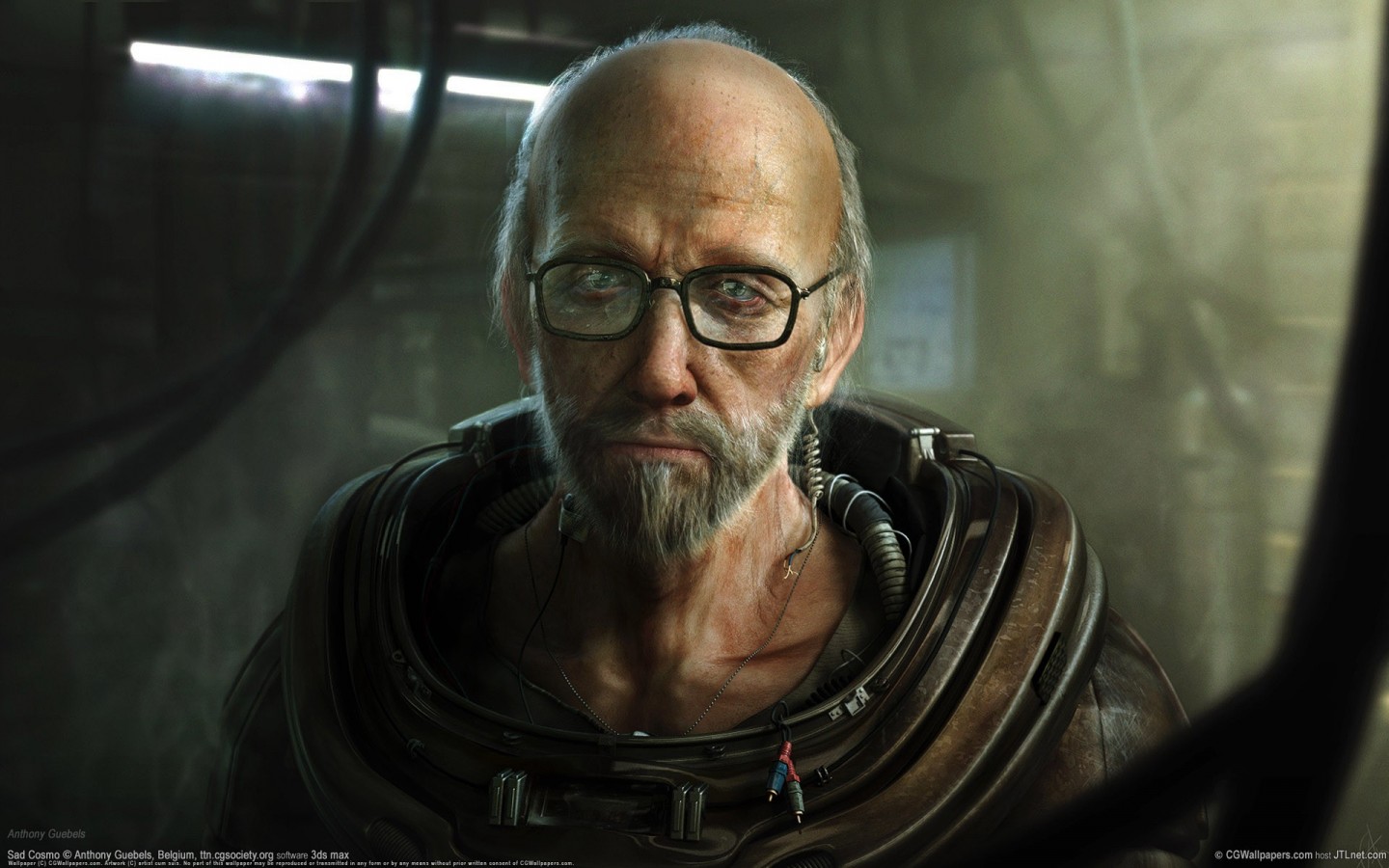
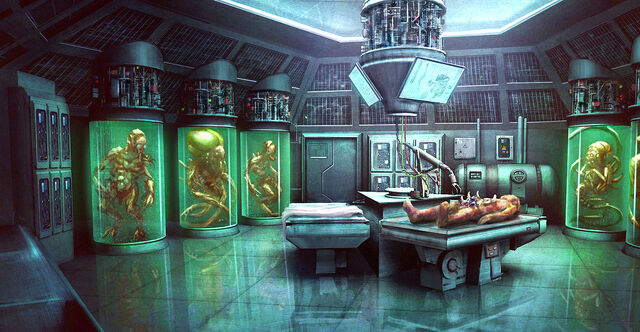







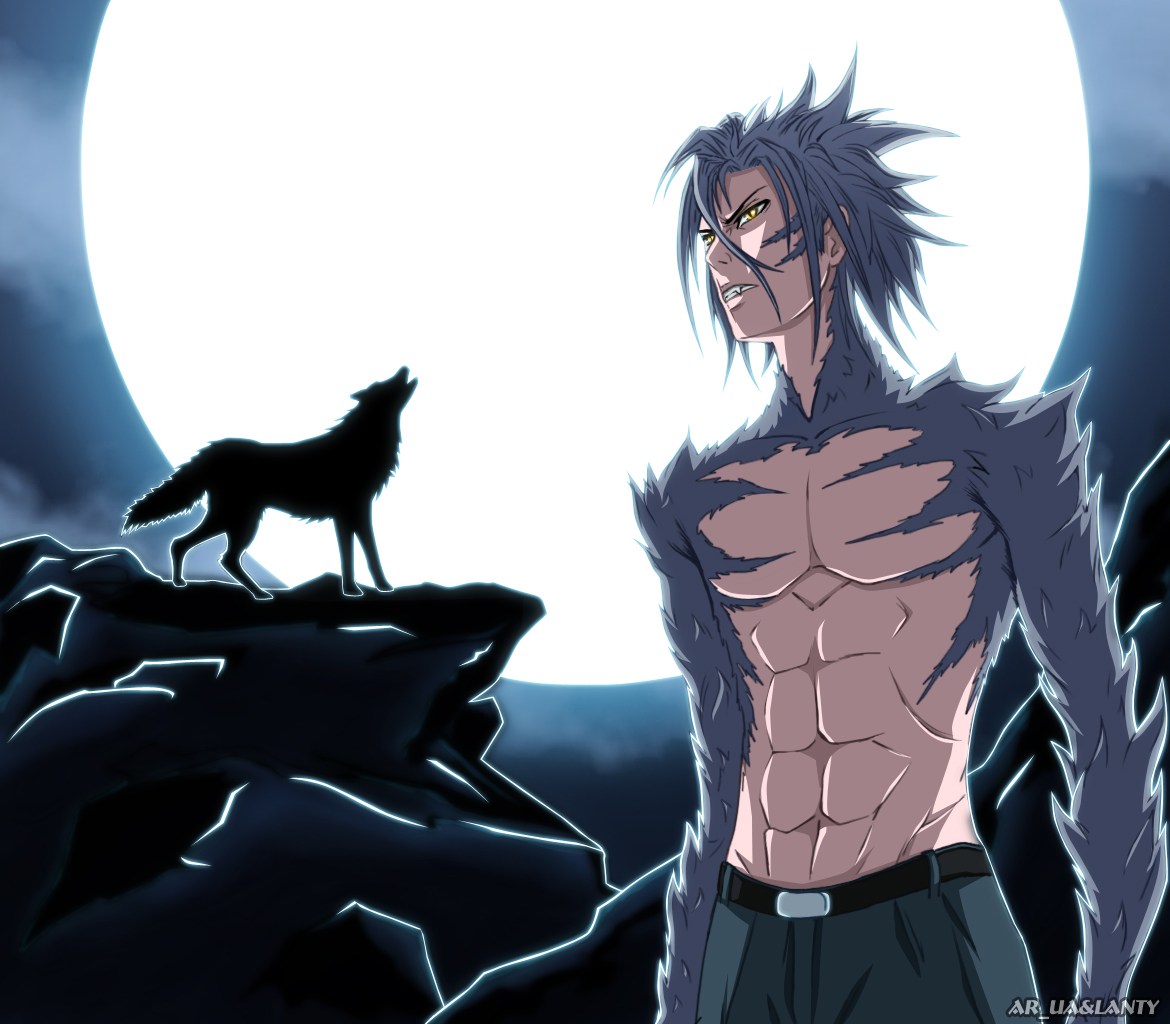
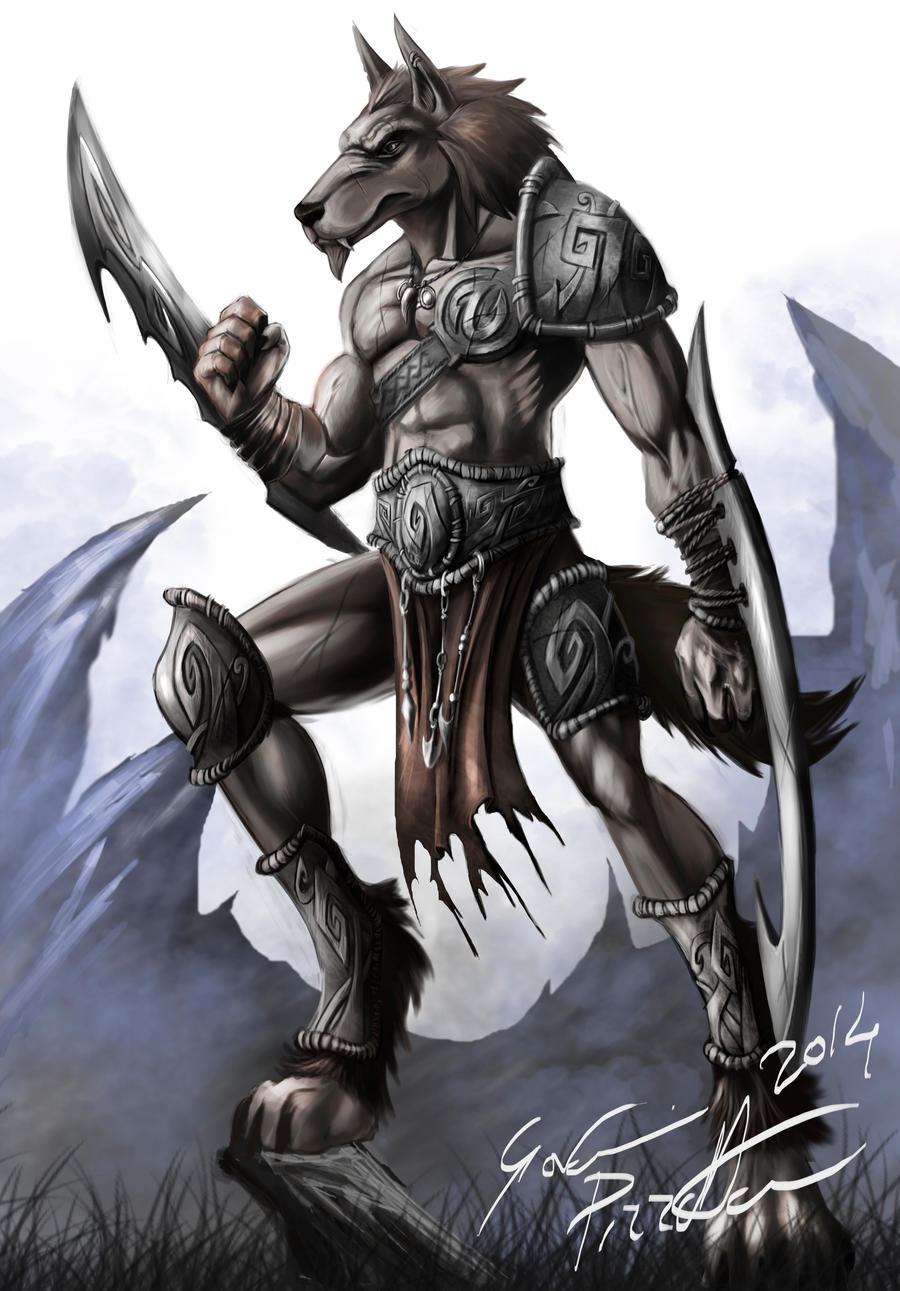 These blades reach father then his arms and can slice through most armors and if not the sharp point can pierce through them.
These blades reach father then his arms and can slice through most armors and if not the sharp point can pierce through them. 